Mercedes Benz C-Class Petrol and Diesel - Haynes 1993-2000 - NEW
NEWGet other Mercedes Car Repair Manuals here
C180, C200, C220, C230 & C250 Sedan & Wagon (not C240 or C280). 1797, 1799, 1998, 2199 & 2295cc petrol (not Kompressor or 6-cylinder models). 2155 & 2497cc diesel & turbo-diesel. Mercedes Benz C Class Petrol & Diesel 1993 - 2000 (W202 series) Haynes Owners Service & Repair Manual covers: C180, C200, C220, C230 and C250 Saloon and Estate (C-Class) Engines Covered:
Diesel Engines Covered:
Transmissions Covered:
NOTE: Only maintenance, adjustment, minor repair procedures plus removal and installation are described for the transmissions. Does NOT cover supercharged (Kompressor) or 6 Cylinder petrol, C200 or CDI 220 Diesel, or AMG versions. Does NOT cover new C-Class range introduced September 2000. Inside this manual you will find: Routine Maintenance, tune-up procedures, engine repair, cooling and heating, air-conditioning, fuel and exhaust, emissions control, ignition, brakes, suspension and steering, electrical systems and wiring diagrams.
|
Though initially readily available as a sedan and a station truck, the W203 show in 2000 debuted a fastback coup (SportCoup) version that, when facelifted, became the Mercedes-Benz CLC-Class. The CLC-Class stayed in manufacturing until 2011 with regards to is replaced by a W204 C-Class coup for 2012 design year.
In October 1986, 3 years into Mercedes-Benz W201 (190)'s manufacturing run, efforts started on a successor. In May 1993, the very first generation W202 Mercedes-Benz C-Class was introduced as a substitute for the 190. The C-Class sedan was the company's entry-level design up to 1997, when Mercedes launched small A-Class. Styling themes are held over through the earlier W201 series, nevertheless the brand new series had a smoother and rounder build compared to the earlier generation of compact Mercedes.
Design perform began in 1987, aided by the best build by Murat Gunak being chosen in 1989 and the production build by Olivier Boulay frozen in January 1990, being later patented on 19 December 1990. Harsh prototypes went into assessment in 1989, with earliest manufacturing design prototypes commencing examination in 1990.
Initially Mercedes-Benz models are badged with numbers accompanied by letters, such as 230CE and 560SEC. This is exactly why a C180 would be badged as "180C", "180E" or simply just "180", like into the 50s and 60s. But Mercedes chose to create all models need one or two letters prior to the quantity. The W202 C-Class was initial Mercedes-Benz design to utilize the latest, modern-day naming system. This naming system is put on all products in 1994, excluding Vito, Viano and Sprinter (circulated in 1995).
On their first, the C-Class is really the only Mercedes design with a whole lineup of multi-valve engines. The newest family of four-cylinder petrol models, known as M111, premiered within the C 180 (1.8 L, 122 PS (90 kW; 120 hp)), C 200 (2.0 L, 136 PS (100 kW; 134 hp) and C 220 (2.2 L, 150 PS (110 kW; 148 hp), the only four-cylinder of number sold within the U.S.). In 1997 the C 220 was changed because of the C 230, increased to 2.3 L displacement however with the exact same production, although with torque increased to 220 N*m (162 lb*ft). The C 280 was the high-end type of the course, with a four-valve-per-cylinder straight-6 system, effective at achieving 193 PS (142 kW; 190 hp).
Four-cylinder diesel systems were designed with equivalent OM601 motor associated with 190, within the 2.0 L and 2.2 L versions. Many of these diesel alternatives had been marketed as taxis, because of their reasonable gasoline intake and stronger dependability. There were in addition more powerful OM605 five-cylinder engines of for sale in naturally aspired (C 250 D) and turbocharged (C 250 TD) forms. The turbodiesel was introduced in 1995 and is the novelties when you look at the motor number available from this present year. The most important had been a supercharged form of the M111 straight four, the C 230 Kompressor, utilizing a Roots-type supercharger to build 193 PS (142 kW; 190 hp) at 5300 rpm: Mercedes-Benz used again supercharger technologies after 50 years. As a result of income tax law in Italy and Portugal, products in those nations showcased a supercharged type of small 2.0 L (C 200 Kompressor), which had the same production associated with C 230 Kompressor.
The 1997 diesel brands showcased the OM611, built with a typical train direct injections program (co-developed with Bosch). The brand new design is known as C 220 CDI, and had a greater production of 30 PS (22 kW; 30 hp) compared to the C 220 Diesel, better fuel typical and reduced emissions. Also, the inline six machines are replaced by a household of V6, the M112. The newest motors showcased SOHC minds instead of the previous DOHC, three valves per cylinder instead of four, and twin sparkplugs. The four-cylinder C 230 had been replaced because of the C 240 (2.4 L) and the I6 C 280 by the V6 C 280. These changes paid off emissions and improved gasoline consumption, without sacrificing energy (the C 280 in fact had hook 4 PS (3 kW; 4 hp) increase utilizing the modification).
Within the last few four many years of manufacturing, the W202 received a few changes in the options of engine. In 1998, a less effective version of the 2.2 L turbodiesel is added, called C 200 CDI, which changed the C 220 Diesel. In 2000, the C 200 Kompressor's result ended up being slashed to 163 PS (120 kW; 161 hp), the C 240 displacement had been increased from 2.4 L to 2.6 L, but result stayed at 170 PS (130 kW; 170 hp) and the C 180 got a 2.0 L system.
The original W201 "infant Benz" emerged standard in Germany with a five-speed manual transmission, automatic transmissions had been recommended. In the us automated transmissions had been standard, but people had a choice of a manual transmission although few find the choice. On establish of this "official" C-Class, all W202 variants had been loaded with a five-speed manual gearbox. The 722.4 four-speed automated transmission, also referred to as 4G-TRONIC, had been available as extra expense (standard regarding the C 36 AMG), which United States dealers chose to mainly promote on product sales lots. In 1996 this old transmission -- that has been for sale since 1981 -- had been replaced by a five-speed automated gearbox (aka 722.5 or 5G-TRONIC), which gotten the handbook shifting in 1999 (722.6). In 2000 the T-Model, the actual only real nevertheless available for sale, ended up being readily available with all the recommended G56 6-speed handbook transmission from W203, but just in RWD C240.
Is generally considerably a limited-slip differential are demonstrated by taking into consideration the circumstances of a typical (or "open") differential in off-roading or snow circumstances where one wheel starts to fall. When this occurs with a regular differential, the falling or non-contacting wheel will receive most of the power (in the shape of low-torque, highest rpm rotation), although the contacting wheel will stay fixed with respect to the surface. The torque sent by an open differential can be equal at both tires; if an individual tire are on a slippery exterior, the supplied torque will effortlessly get over the offered grip at an extremely lower quantity. For example, the right tire might commence to spin when 50lb-ft of torque is positioned about it, since it is on an icy area. Because the exact same quantity of torque is often felt at both tires, regardless of rate which they were turning, this means that the wheel with grip cannot see more than 50lb-ft of torque either, which can be less than is required to push the automobile. Meanwhile, the tire regarding the slippery exterior only will spin, taking in the actual power result (which can be a function of torque offered in the long run), even though both rims are offered the exact same (suprisingly low) level of torque. Inside circumstances, a limited-slip differential stops higher power from being allocated to one wheel, and so keeps both tires in driven rotation, making sure the grip will not be limited by the wheel that could handle the minimum quantity of power. The benefits of LSD in high-power, backside wheel drive cars were demonstrated throughout the US "Muscle-Car" era from middle sixties through the very early 1970s. It quickly became obvious that "Muscle-Cars" with LSD or "posi" (positraction) are at a definite advantage to their particular wheel-spinning alternatives.
At the publish the C-Class had a typical driver airbag, abdominal muscles and integrated side-impact protection; the leading traveler airbag became standard from 1995 onwards, and from same stage Traction controls (ETS in the 4-cylinder products, coupled with limited slip differential (ASD) or ASR in the 6 cylinders versions) ended up being readily available as extra expense. In 1997 ASR became standard within the C 280s loaded with the automatic transmission and in the C 36 AMG, as ETS in the 4-cylinder products, except for the C 180 and also the C 220 Diesel.
Using 1997 restyling ASR became standard in most the systems, except in C 180 and C 220 Diesel. This final model continuing to supply ETS readily available as extra cost. Moreover, forward side airbags and Brake help (BAS) emerged in listing of standard safety qualities. Both fundamental designs finally joined ASR in 1998, and, in 1999, the W202 had been initial compact sedan to offer ESP as standard throughout the number
In 1995, the C-Class received their first real results design, the C 36 AMG, to counter the new six-cylinder BMW M3. Created with AMG, the tuning household that had today be a subsidiary of Daimler-Benz, it had racing-tuned suspension (lowered by 25 mm (1 in)) plus the USA, a four-speed automatic gearbox, followed by a typical five-speed automated gearbox. The 3.6 L motor had an over-all output of 280 PS (206 kW; 276 hp) at 5750 rpm and 385 N*m (284 lb*ft) at 4000 rpm. AMG later on conceded that because the motor is hand-assembled, energy outputs could vary somewhat from 276 hp (206 kW) to 287 hp (214 kW). The C36 AMG accelerates to 60 miles per hour (97 km/h) from an end in 5.8 moments and top speeds was electronically limited by 250 km/h (155 miles per hour). Unlimited Top rate is taped at 272 km/h (169 miles per hour). Only an overall total of 5200 C36 AMGs are created.
In late 1997 (1998 design seasons) AMG circulated a leading for C-Class, the C 43 AMG, running on a 4.3 L V8, that could today achieve 310 PS (228 kW; 306 hp) at 5850 rpm, with a torque of 410 N*m (302 lb*ft) at 3250 rpm. Unlike the C36, that was in fact a "ready-to-sell" C280 disassembled for tuning within AMG factory, the C43 had been 1st AMG vehicle to be completely assembled at AMG plant in Affalterbach following the acquisition of AMG by Daimler-Benz in 1998. The C43 AMG can achieve a 0--100 km/h (0--60 mph) amount of time in 5.7 seconds for saloon version and 5.9 moments for the estate. The C43 had been 1st C-Class to-be equipped with a Mercedes-Benz V8 motor.
Mercedes-Benz W202 C 43 AMG (US)
Two variations occur: a saloon (chassis W202.033) and estate also called the "T variation" (chassis W202.093). The general system associated with C43 AMG property version has many similarities because of the C36 AMG, except for the leading and back bumpers plus the side system, each of which were re-designed. The black colored engine address with all the chrome AMG and Mercedes-Benz celebrity logos can be most typical from that duration inside markets part.
Some differences being reported involving the 1998 and also the 2000 version like the ECU pc software on 2000 version that generally seems to create much better gearbox performances and extended life to the gearbox. The 2000 design also gives the power to run tilt the tyre and manually move with a tiptronic move gate for all W202's, and AMG stamped letters on braking system calipers (C43 just).
The automobile had been made for a tad bit more than couple of years -- from the end of 1997 towards the spring of 2000 for a total of 4,200 devices 20% which tend to be estates and 80percent saloons, with only 25 C 43 cars of 2000 model season brought in towards the people.
The C43 was powered by a tuned form of the 4.3-liter M113 V8 motor originally located on the W210 E 430 design. After adjustments this engine delivers 306 PS (225 kW; 302 hp) at 5,850 rpm, around 410 N*m (302 lb*ft) of torque at 3,250 rpm-5,000 rpm (taken in the crank) or over to 241 hp (180 kW) at 6,320 rpm sized at rims. According to Mercedes-Benz, the vehicle can get to 155.5 miles per hour (250.3 km/h), with electric speed limitation and 168 miles per hour (270 km/h) without. Transmission are an AMG-modified type of the five-speed automatic gearbox available on 1998--2000 R129 SL 500. Principal adjustments are built in purchase to accomplish a crisper and best adjusted gearbox to higher-rpm upshifts. In addition the stopping system has-been obtained from the W210 age 55 AMG.
In 1995, the C-Class gotten its first proper efficiency model, the C 36 AMG, to counter the newest six-cylinder BMW M3. Developed with AMG, the tuning residence that had now come to be a subsidiary of Daimler-Benz, it have racing-tuned suspension system (lowered by 25 mm (1 in)) plus in america, a four-speed automatic gearbox, followed closely by a standard five-speed automated gearbox. The 3.6 L motor had an over-all output of 280 PS (206 kW; 276 hp) at 5750 rpm and 385 N*m (284 lb*ft) at 4000 rpm. AMG later on conceded that since the system is hand-assembled, energy outputs could vary a little from 276 hp (206 kW) to 287 hp (214 kW). The C36 AMG accelerates to 60 miles per hour (97 km/h) from a stop in 5.8 moments and top speed is electronically limited to 250 km/h (155 miles per hour). Limitless Top Speed was taped at 272 km/h (169 miles per hour). Best a total of 5200 C36 AMGs had been produced.
In belated 1997 (1998 design year) AMG released a leading when it comes to C-Class, the C 43 AMG, run on a 4.3 L V8, which could now attain 310 PS (228 kW; 306 hp) at 5850 rpm, with a torque of 410 N*m (302 lb*ft) at 3250 rpm. Unlike the C36, which was actually a "ready-to-sell" C280 disassembled for tuning within AMG factory, the C43 had been initial AMG automobile becoming totally assembled at the AMG plant in Affalterbach after the acquisition of AMG by Daimler-Benz in 1998. The C43 AMG can achieve a 0--100 km/h (0--60 mph) amount of time in 5.7 moments for saloon version and 5.9 moments for property. The C43 had been the very first C-Class to-be loaded with a Mercedes-Benz V8 system.
Mercedes-Benz W202 C 43 AMG (US)
Two variations occur: a saloon (chassis W202.033) and estate also referred to as the "T variation" (chassis W202.093). The entire system for the C43 AMG estate version has its own similarities using the C36 AMG, with the exception of leading and rear bumpers as well as the part system, both of that have been re-designed. The black colored engine cover aided by the chrome AMG and Mercedes-Benz star logos can be very typical from that stage in this markets part.
Some distinctions have been reported amongst the 1998 as well as the 2000 version including the ECU computer software on the 2000 version that generally seems to offer best gearbox performances and longer lives to your gearbox. The 2000 design also provides ability to force tilt the tyre and by hand move with a tiptronic shift gate for several W202's, and AMG stamped letters on the braking system calipers (C43 best).
The vehicle is manufactured for a bit more than 2 yrs -- from end of 1997 towards the spring of 2000 for an overall total of 4,200 models 20per cent which tend to be properties and 80% saloons, with only 25 C 43 motors of the 2000 design year imported into United States.
The C43 is run on a tuned version of the 4.3-liter M113 V8 engine originally found on the W210 E 430 model. After adjustments this system provides 306 PS (225 kW; 302 hp) at 5,850 rpm, up to 410 N*m (302 lb*ft) of torque at 3,250 rpm-5,000 rpm (taken on crank) or more to 241 hp (180 kW) at 6,320 rpm sized at tires. According to Mercedes-Benz, the automobile can reach 155.5 miles per hour (250.3 km/h), with electronic rate limitation and 168 mph (270 km/h) without. Transmission was an AMG-modified type of the five-speed automatic gearbox entirely on 1998--2000 R129 SL 500. Main changes were built in order to reach a crisper and much better modified gearbox to higher-rpm upshifts. In addition the stopping system is taken from the W210 E 55 AMG.
On 2 might 1996, German design patents had been filed for news made to the W202 C-Class. Afterwards in Summer 1997, the C-Class was given a little midlife freshening, with brand-new darker backside tail light lenses, new wheel wheels along with slight interior trim changes, including on the door mouldings. The surface broadcast antenna was no longer fender installed and ended up being built-into a corner cup. Leading and back bumpers were also reshaped, colour-coded part dresses are additionally installed. The revised C 200 and C 230 models are fitted with a supercharger and denoted regarding trunk area top as a "Kompressor".
Price and economy had been in no way the only requirements that the new Model 190 must meet, however, while the exec Board had further strategies in mind the developers and engineers: the small Saloon was to become an actual Mercedes-Benz. In all areas "where the driver and individuals come into contact with the vehicle" they must meet up with the normal Mercedes guidelines of comfort and top-notch appeal. And not only that -- it must be a high-tech car offering exemplary defense in any sort of accident, greatest security and absolute reliability. And all that in a motor vehicle which had to be 30 centimetres faster, 10 centimetres thinner and a beneficial 280 kilos lighter versus current mid-range Mercedes (W 123) -- and now have the average gas use of best 8.5 litres per hundred kilometres.
We were holding severe challenges without a doubt, for in view associated with the strict protection guidelines that the organization put itself - like, even yet in those days, part impact and offset crash examination -- the engineers at Mercedes receive on their own confronted with most bold targets.
For six long years, the growth designers puzzled over how-to achieve the higher requirements put by Mercedes in a smaller sized, less heavy automobile. The brand new model was quickly lovingly known as the "child Benz", although the formal project code W 201 stood for costliest and intensive development perform previously embarked upon by the Stuttgart organization. This began in 1977 -- in the beginning inside build studios, in which a keen team developed a thought which differed markedly from the earlier Mercedes design idiom. This was the proper approach, for design 190 needed seriously to write an innovative new market and entice new clients. Accordingly the compact Mercedes Saloon needed to be aesthetically provocative to attract attention.
"diamond-cut" design
The group of stylists did this by providing the automobile clean outlines and a rear-end design that caused significant shock in certain quarters. The end result is referred to as the "diamond reduce", given that trapezoid areas were similar to the faces of a precious stone. This formal theme arrived on the scene most clearly in the C-pillars and boot cover, and together with an unusually higher rear-end (in those times) caused a large blend.
This is not at all something people had come to expect from Mercedes-Benz -- a groundbreaking newer design. And a technical need, for aim of producing a really cost-effective automobile could only be reached by using top-grade aerodynamics - and this needed a top, tucked-in rear-end which will somewhat increase the airflow behind the vehicle. The consequence of period of careful studies when you look at the wind tunnel ended up being impressive: the drag coefficient of small Mercedes is 0.33 - some 25% below the normal for automobiles in 1981.
Pioneering latest technologies
Another essential aim ended up being the vehicle's fat. 1100 kilograms was the rigid limit put when it comes to 190 -- without having to sacrifice occupant safety in any way. This called for a radical rethink, and the designers pared away gram after gram to obtain their goals. They tried out latest materials, developed the initial high-strength metallic alloys and processed their calculation procedures, enlisting the help of the then newer finite factor way to exploit more potentials for lightweight building. Therefore this new model show also became a pioneer of the latest technologies and materials of to revolutionise car-building. And not just at Mercedes-Benz.
Lightweight proportions and reduced body weight with optimum security -- the Mercedes designers could satisfy these obviously irreconcilable needs by building an entirely newer kind of human body build which used all elements to absorb energy when it comes to a critical influence, thus compensating for just about any shortcomings with regards to deformation routes at the front end end. The forked front member program employed for the S-Class during the time had been adapted with this smaller design, in addition to engineers strengthened the tunnel and floor panelling to soak up the causes it redirected to the back when it comes to a frontal collision. An airbag, buckle tensioners and an anti-lock braking program, as well as other Mercedes innovations from deluxe course, are additionally readily available for the new Mercedes-Benz 190, putting they well ahead of other automobiles within automobile class.
Another newer developing - which even today remains unbeaten - ensured your car provided typical Mercedes levels of operating comfort, directional security and safer cornering - multi-link separate rear suspension system. The marketing pamphlet proudly described "a suspension that never been observed before", and labeled as the newest back axle a "revolutionary" build. "this gives us to ultimately achieve the maneuvering attributes of bigger Mercedes Saloons even in this latest, lightweight Mercedes class." Five separately acting steering hands discover each back wheel, making sure in every driving situations, the camber, toe-in and track width tend to be monitored in such a way that "the attributes of perhaps the best main-stream rear suspension systems become surpassed". More special options that come with this suspension technologies included forward damper struts, recirculating ball steering and disc brakes all-round, and these are certainly not a matter of course in this car lessons at that time.
Under the bonnet, according to consumer specifications, there was clearly a four-cylinder engine making 66 kW/90 hp or 90 kW/122 hp. When it comes to better variation, the designers the very first time put a mechanically/electronically managed gasoline injections system which reduced intake based on the Euromix formula to 8.3 litres per 100 kilometres. A four-speed handbook transmission had been standard equipment, using the choice of a five-speed transmission and a newly created, four-speed automatic transmission which currently offered a choice of two shift programmes.
During the world premiere Mercedes-Benz already managed to get obvious that two four-cylinder petrol brands had been best a-start. A far more substantial system range had been in the pipeline, and at the termination of 1983 the current products are joined up with by a newly created four-cylinder diesel with 53 kW/72 hp. This permitted a maximum rate of 160 km/h and had been satisfied with a Euromix gasoline usage of 6.6 litres per 100 kilometres. Two years later on this is followed closely by the 190 D 2.5 with 66 kW/90 hp, plus autumn 1987 Mercedes-Benz introduced the 190 D 2.5 Turbo with a turbocharged diesel motor producing 90 kW/122 hp.
Find great deals on eBay for w202 w202 amg. Shop with confidence.
Mercedes Benz W202 C36 AMG - Facebook
Mercedes Benz W202 C36 AMG. 9,876 likes · 611 talking about this. The W202 is one of the best classes put out into the production after the w201 called...
Mercedes-Benz C-Class - Wikipedia, the free encyclopedia
The Mercedes-Benz C-Class is a line of compact executive cars produced by Daimler AG. Introduced in 1993 as a replacement for the 190 (W201) range, the C-Class was ...
Mercedes w202 c class ,maintenance and repairs - YouTube
Sign in now to see your channels and recommendations! Sign in. YouTube Red
Mercedes-Benz C-Class (W202) - Wikipedia, the free ...
In October 1986, 3 years into Mercedes-Benz W201 (190)'s production run, work began on a successor. In May 1993, the first generation W202 Mercedes-Benz C-Class was ...
Find great deals on eBay for mercedes benz w202 mercedes w202. Shop with confidence.
Mercedes Benz EPC Type W202 202 C-Class Information ...
Online index to lookup and find Mercedes Benz Electronic Parts Catalog (EPC) part number information and diagrams. This is an english language index with links to EPC ...
Pelican Parts - Mercedes-Benz C-Class (1994-2000) W202 ...
Mercedes-Benz C-Class (1994-2000) W202: Basic Maintenance: Air Filters, Oil Filters, Fuel Filters, Wiper Blades, Valve Cover Gaskets, Fluids...

 0 Items (Empty)
0 Items (Empty)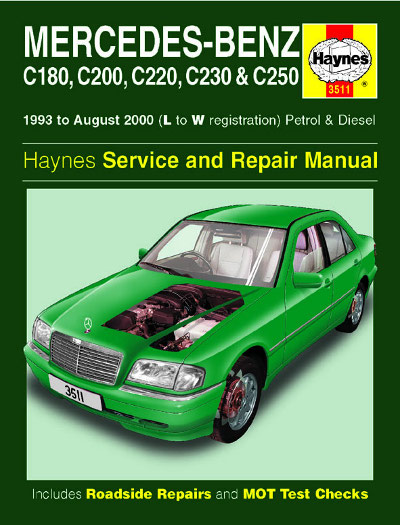


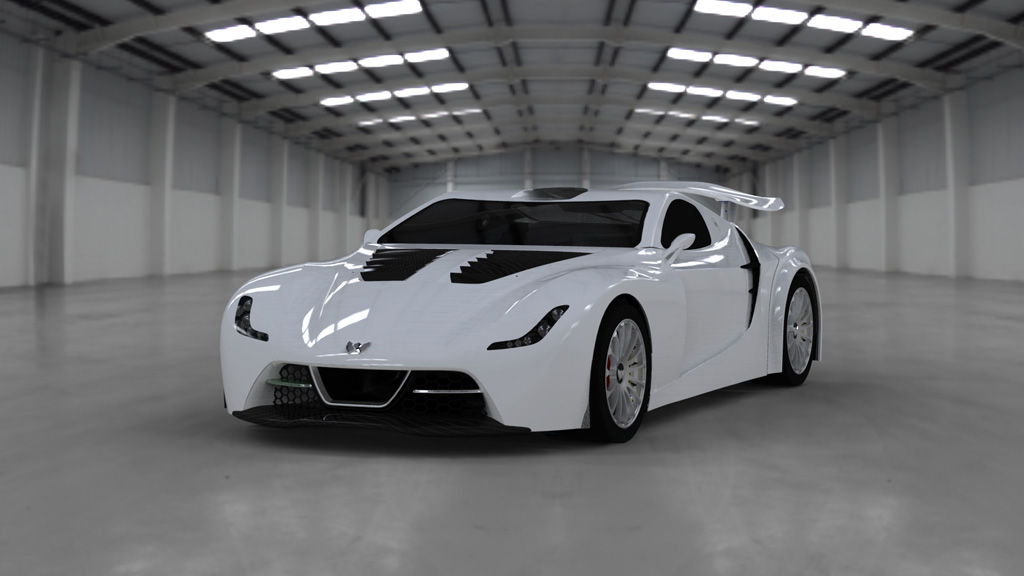
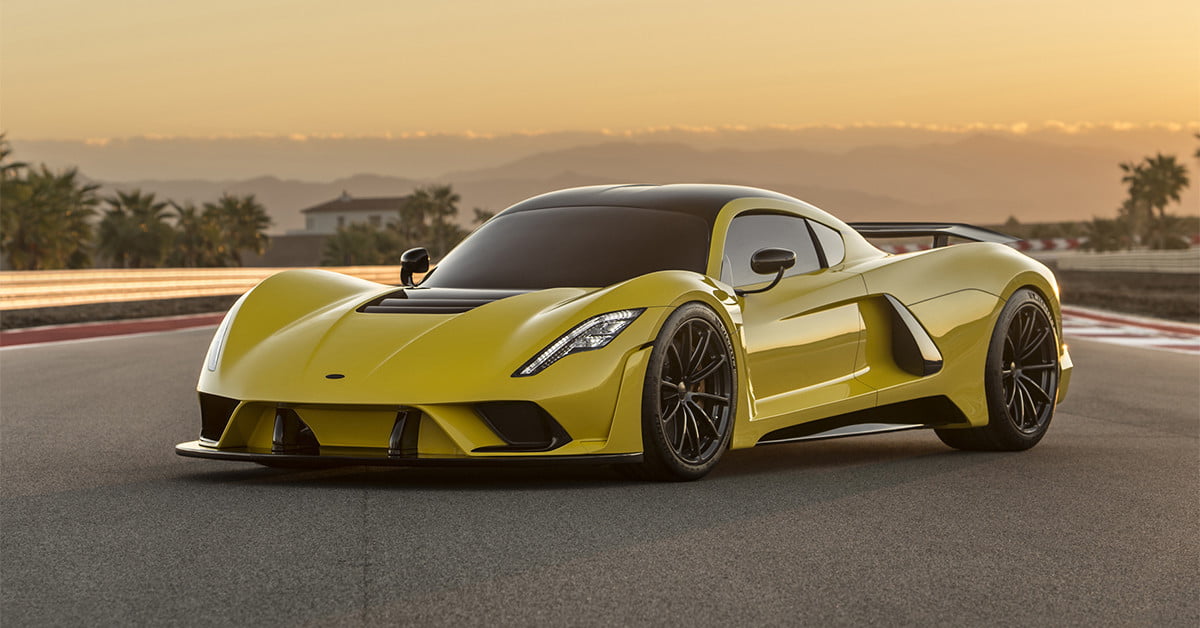
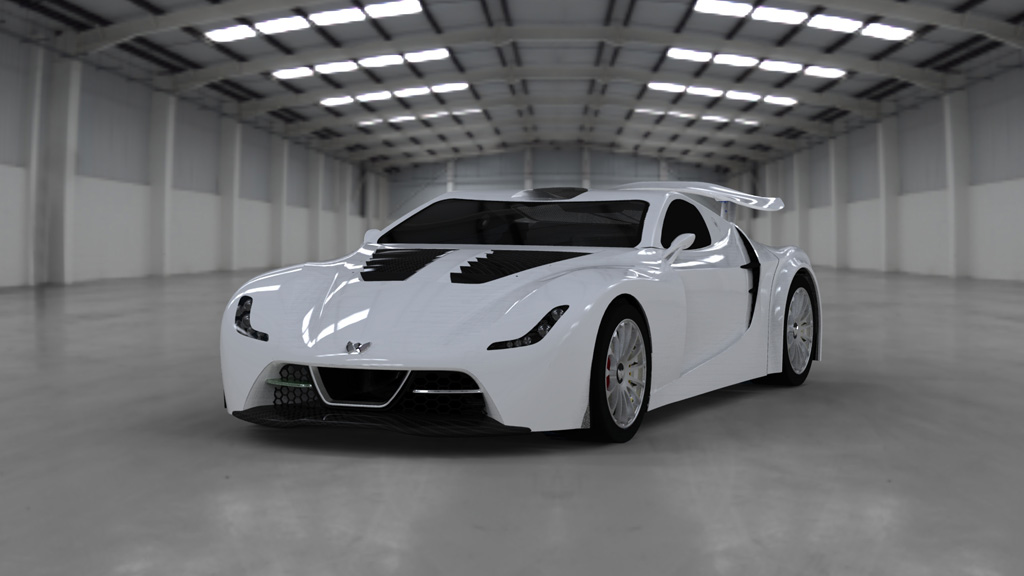
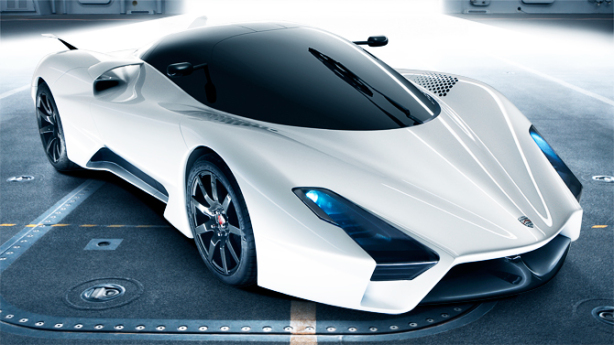
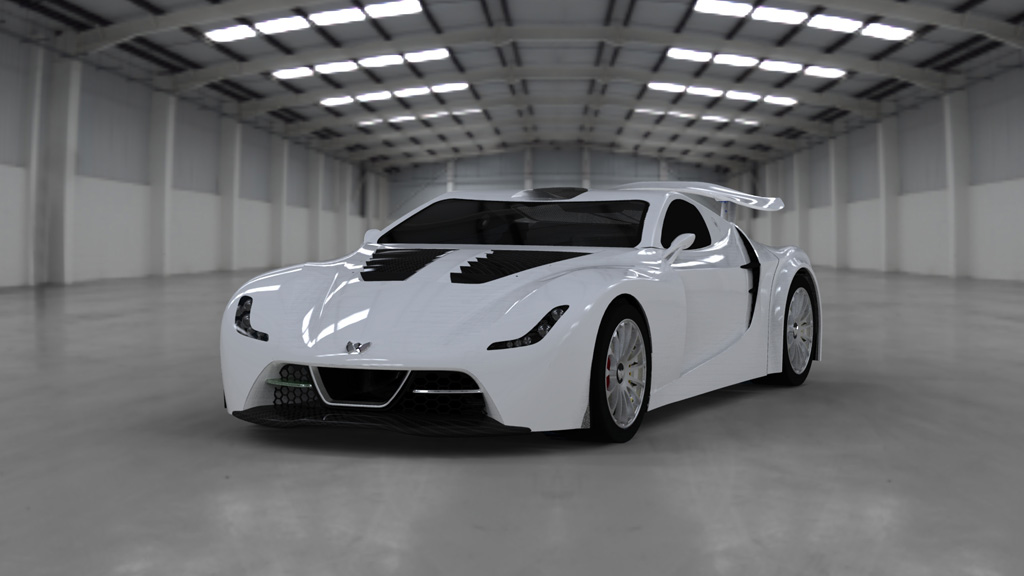
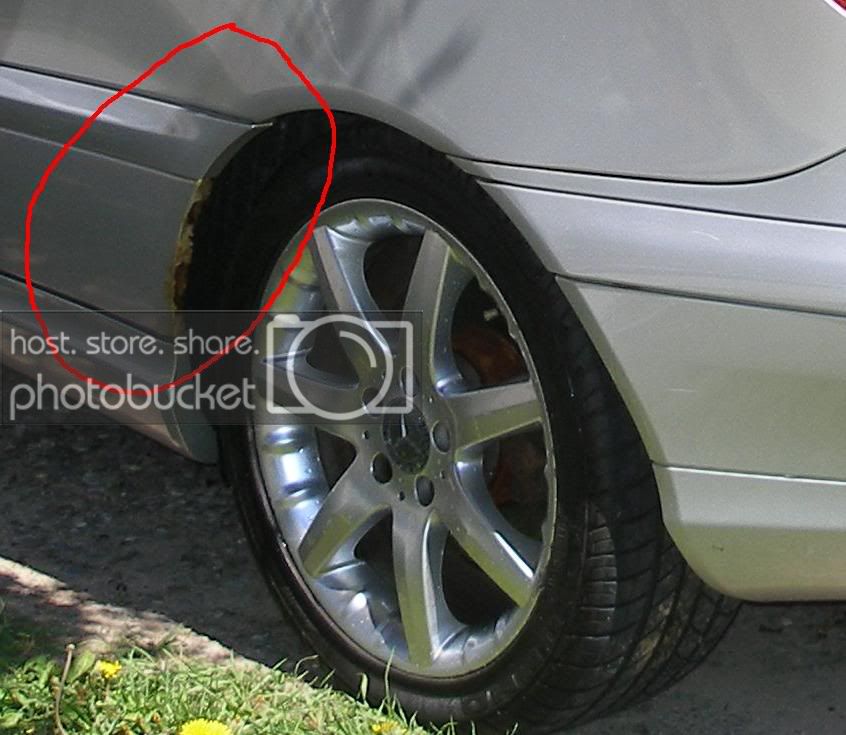
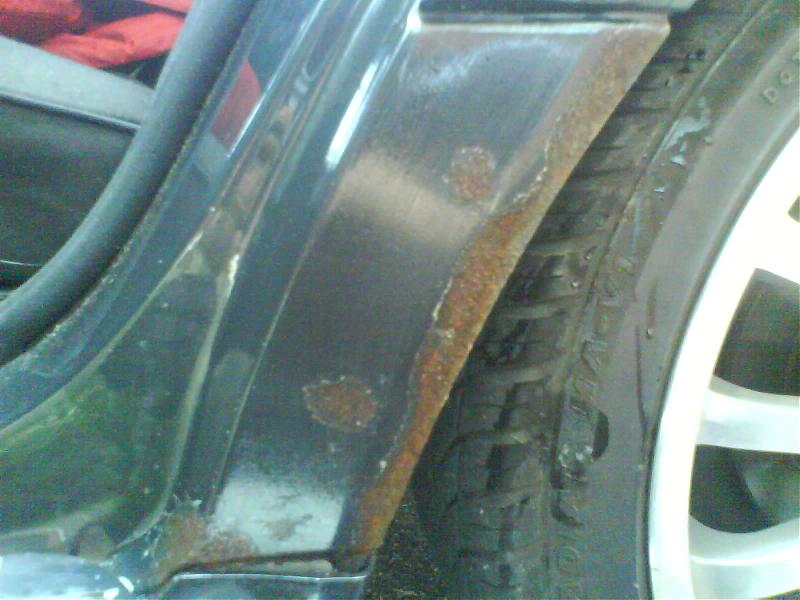
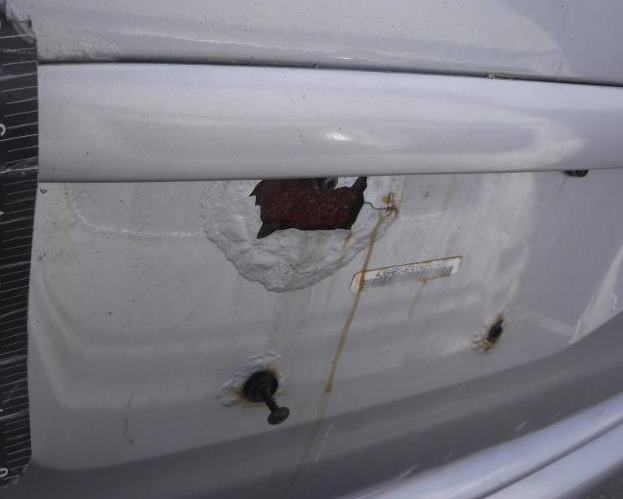
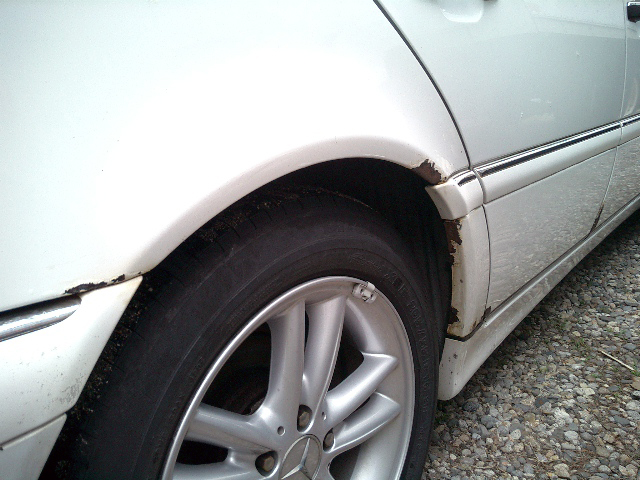

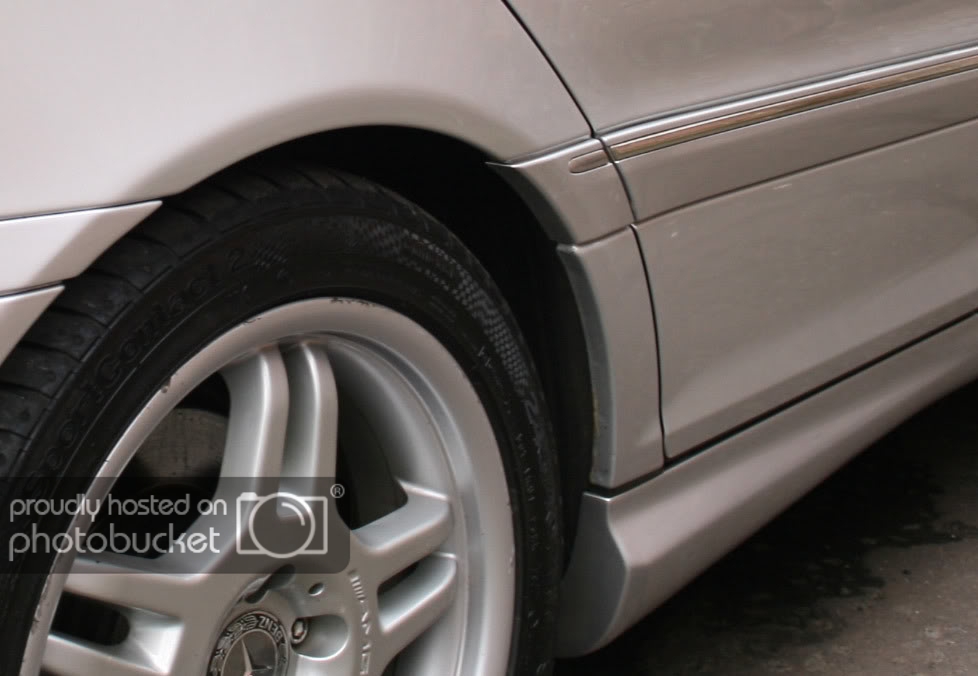 >
>